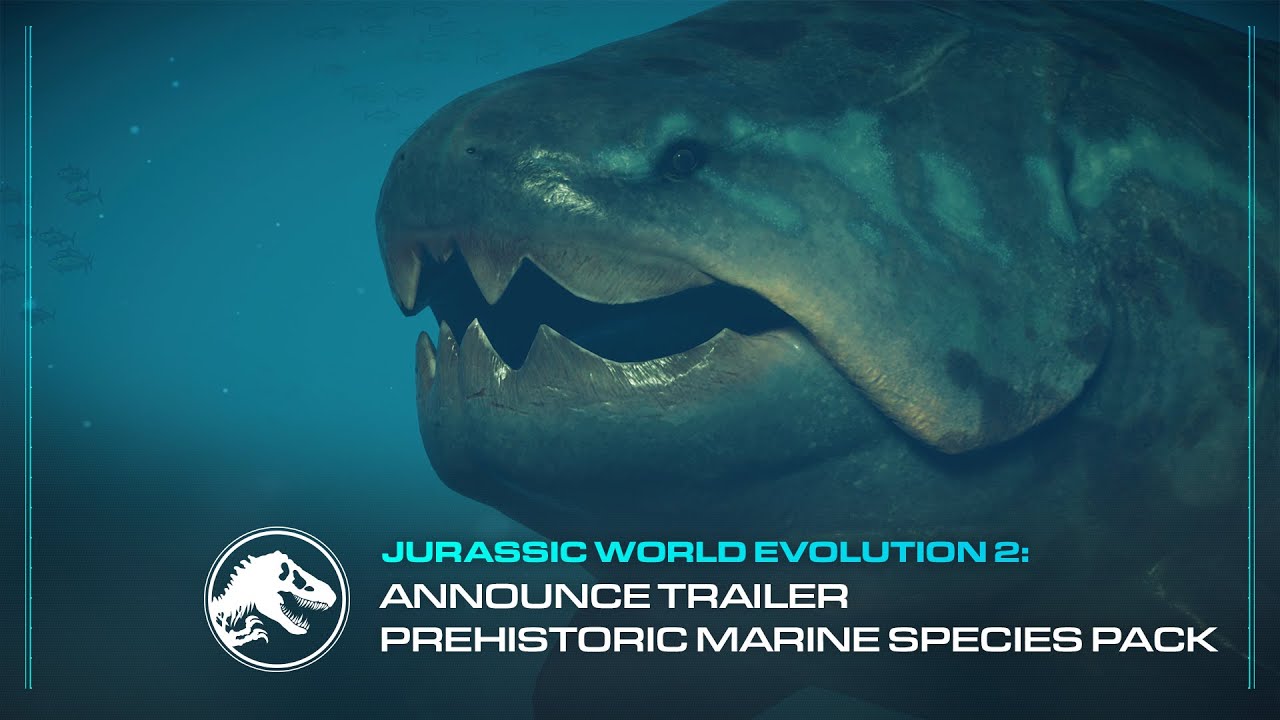Prehistoric Marine Species Pack Biology Diagrams The Mesozoic era, which includes the Cretaceous, was marked by rising sea levels and warmer climates, conditions conducive to an explosion of marine biodiversity. The Paja Formation ecosystem was teeming with plesiosaurs, ichthyosaurs, and invertebrates, giving rise to one of the most complex marine food chains in history.

Marine reptiles such as plesiosaurs and ichthyosaurs were apex predators, occupying the top of the prehistoric marine food chain. They had a diverse feeding repertoire, allowing them to thrive in different ecosystems and adapt to changing environmental conditions. Fossil evidence suggests that these reptiles feasted on a variety of prey

Underwater Dinosaur Fossil Excavations Biology Diagrams
180-Million-Year-Old Fossil Reveals Three Levels of Ancient Food Chain. Exploring Prehistoric Life. Paleontologists. Tuesday, May 18, 2021 the Posidonia Shale offered a rare combination of a shallow to moderately deep continental marine basin, Just how big was the prehistoric super-sized

Mosasaurus was at the top of the food chain and would eat pretty much anything they found in the ocean: sharks, cephalopods, giant turtles, and even other mosasaurs. The real Mosasaurus wasn't quite as big as Jurassic World made it out to be—as always, real life fails to live up to the Hollywood hype. The discovery adds to growing evidence suggesting that marine food chains millions of years ago operated similarly to those we observe today, with predators and scavengers playing distinct but interconnected roles in their ecosystems. This 15-million-year-old specimen provides a rare glimpse into these ancient ecological relationships

Apex predators in prehistoric Colombian oceans would have snacked on ... Biology Diagrams
The presence of herbivores, such as the ancient sea cow, suggests a rich and diverse ecosystem, providing sustenance for various levels of the food chain. While the fossil record provides valuable clues, scientists continue to unravel the intricacies of prehistoric marine ecosystems. Fossils Capturing a Sea Cow's Violent End Shed Light on Prehistoric Food Chains. New research suggests the dugong-like sea creature was attacked by a crocodile, then its remains were scavenged
